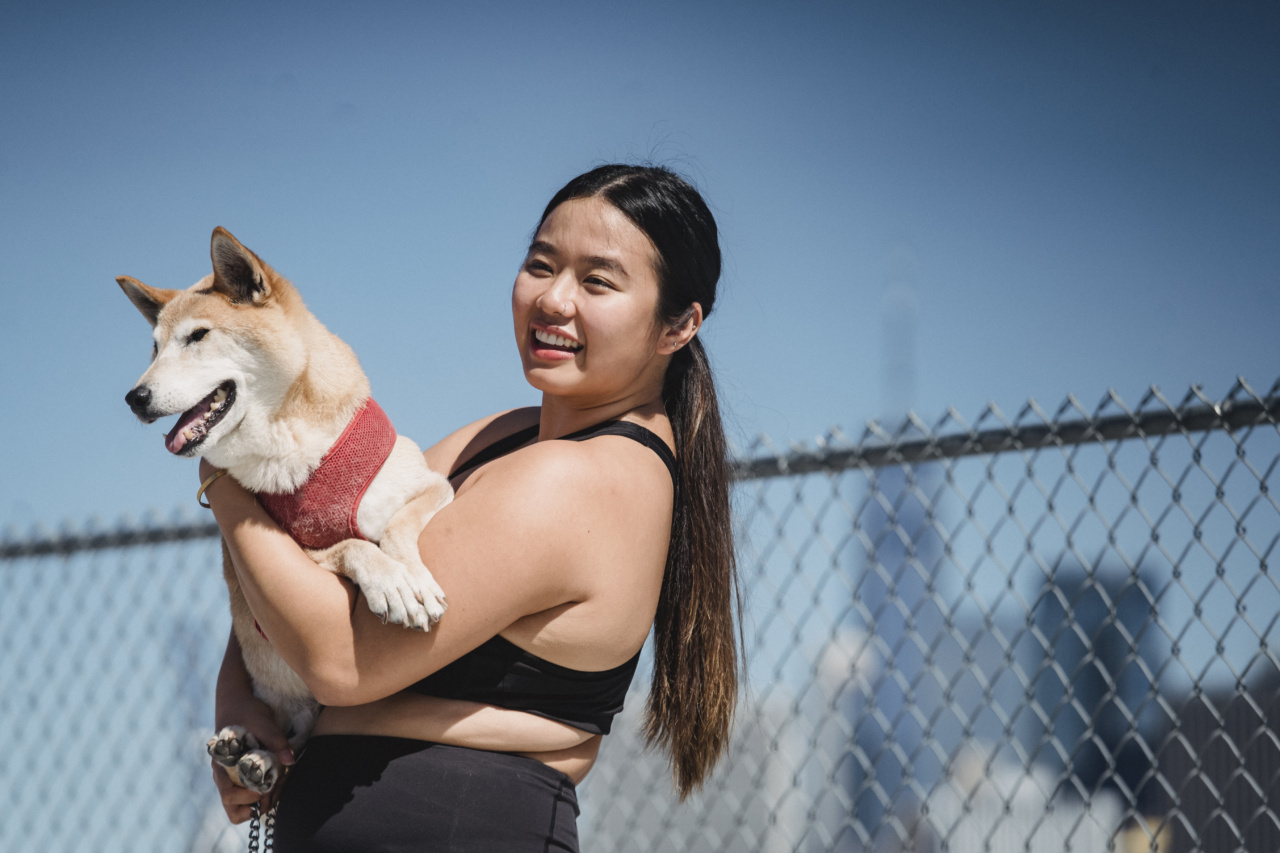Bringing home a new puppy is an exciting and joyous experience. However, it also comes with great responsibility. One of the most important aspects of raising a well-behaved and obedient dog is proper training.
In this article, we will cover the basics of puppy training to help you establish a strong foundation for your furry friend.
1. Start Early
The key to successful puppy training is to start early. Puppies have a short attention span, so the sooner you begin training, the better. It is never too early to teach your puppy basic commands and good behavior.
2. Socialization
Socialization is crucial for puppies to become well-adjusted dogs. Expose your puppy to various people, animals, and environments from an early age. This will help them develop confidence and learn to behave appropriately in different situations.
3. Positive Reinforcement
Positive reinforcement is the most effective training method for puppies. Reward your puppy with treats, praise, and affection when they exhibit good behavior. This encourages them to repeat those behaviors in the future.
4. Consistency is Key
Consistency is essential in puppy training. Use consistent cues and commands for each behavior you want to teach. Inconsistency will confuse your puppy and make training more difficult.
5. Crate Training
Crate training is a valuable tool for puppy training. A crate provides your puppy with a safe and comfortable space and can aid in housebreaking and preventing destructive behavior.
6. Housetraining
Housetraining is an essential aspect of puppy training. Establish a regular schedule for feeding and bathroom breaks. Take your puppy outside frequently, especially after meals and naps, and reward them for going in the designated area.
7. Basic Commands
Teaching your puppy basic commands is crucial for their safety and well-being. Start with simple commands like “sit,” “stay,” and “come.” Use positive reinforcement and be patient when teaching these commands.
8. Leash Training
Leash training is necessary for your puppy to walk politely on a leash. Introduce your puppy to the leash gradually and reward them for walking beside you without pulling. Consistency and patience are key during leash training.
9. Avoid Harsh Punishments
Avoid using harsh punishments during puppy training. Punishing your puppy physically or yelling at them will only lead to fear and anxiety. Positive reinforcement and redirection are much more effective in shaping their behavior.
10. Seek Professional Help if Needed
If you are struggling with puppy training or facing specific challenges, do not hesitate to seek professional help. A professional dog trainer can provide guidance and tailor the training methods to suit your puppy’s unique needs.

























